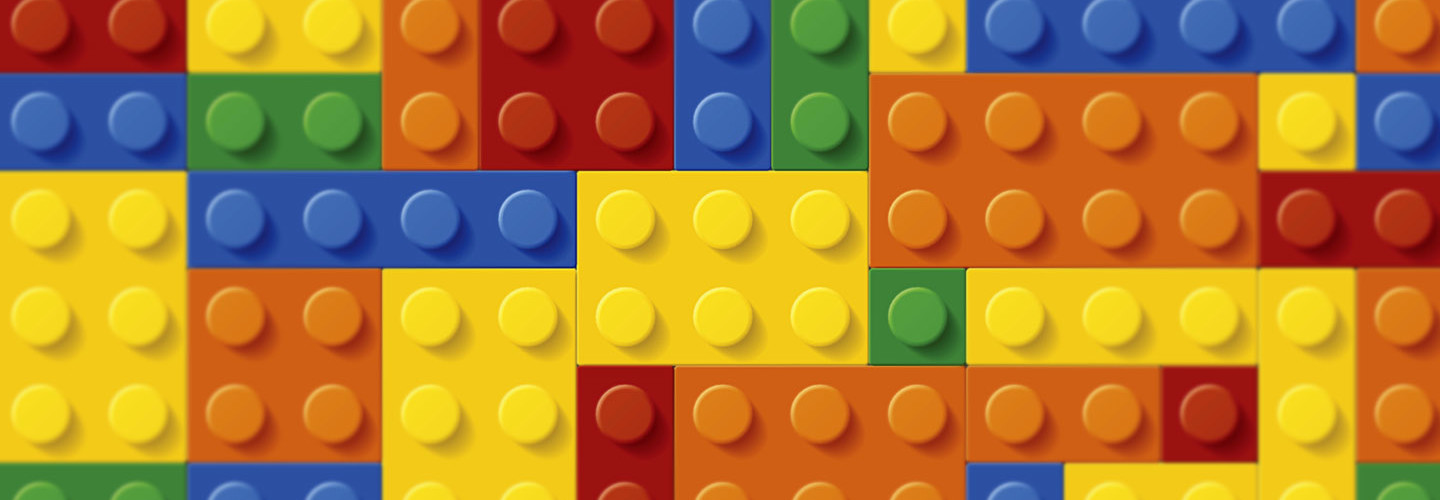How to Bring STEM to Life in the Curriculum
Which is greater, two-thirds of 107 or 11 percent of 717? That’s a perfectly legitimate math problem. A better question might be, who wants to know — and why?
At the Lancaster (Calif.) School District’s Discovery School, students don’t spend much time on either type of question. The reason? Discovery’s STEM Academy curriculum isn’t tied to vague concepts “printed in a textbook 10 years ago,” explains Michele Bowers, deputy superintendent for the 19-school district.
Instead, the K–8 school’s curriculum — which emphasizes science, technology, engineering and mathematics — tends to deal with real-world issues that affect students now and in the future. For instance, when discussing the ozone layer, students studied alternative energy sources and built a wind turbine.
“Did you build a wind turbine in school?” Bowers asks. “It’s not something that even crossed my mind, but our students are doing that.”
Schools around the country have been developing or enhancing STEM curricula because of the growing demand for skilled professionals in those disciplines. There’s just one problem: Rapid changes in these fields mean “the jobs these kids are going to go into haven’t been invented yet,” explains Judson Wagner, STEM program manager for the Brandywine School District in Claymont, Del. It’s not just a matter of giving them information; students need to learn the process of discovery.
“They have to learn to learn and to love learning, and that’s a total shift,” Wagner says.
Even students who don’t choose STEM careers need to be capable of critical thinking, problem solving, collaboration and navigating through the inquiry process. “We’re moving away from an age where it’s just, ‘Give me the information, and I’m going to regurgitate it for you,’ to navigating through the information available and finding the answer,” Bowers adds.
Close to Home
Those teaching staffs that have been successful find that a key is to tie coursework to actual problems in and around the school. For instance, the library in the National Inventors Hall of Fame School … Center for STEM Learning is on a balcony above the Akron, Ohio, middle school’s Great Hall. The acoustics made the space noisy and distracting. Students at NIHF–STEM called Dr. James E. West, the inventor of the electret microphone and one of three inventors who have worked with students through the school’s visiting inductees program. He, along with Bill Fertig, a school parent who works as a sound engineer, showed students how sound waves reflect and bounce off of objects, and they developed and tested solutions to mute and redirect the sound so it wouldn’t carry into the library.
“We try to find authentic problems that are real to the kids,” says Traci J. Buckner, the middle school’s instructional leader. Because Akron’s STEM middle school is so focused on the program qualities that lead to student success, students are referred to as learners, teachers as learning coaches and the principal as instructional leader.
“We changed the nomenclature because we want to make sure we’re building a community of learners,” Buckner explains.
In other examples of studying the world around them, NIHF–STEM students researched the characteristics of a healthy ecosystem by visiting a local wetland and worked with the staff at Cuyahoga Valley National Park to eliminate invasive plant species.
Students also toured the watershed facility at Lake Rockwell to learn how the water in their homes is cleaned and distributed. “I know they’re not going to forget that experience,” says RaChandra Decatur, a math learning coach at the school.
STEM requires an entirely new way of teaching, says Decatur, who taught at a traditional school for 10 years. At NIHF–STEM, she might spend five or 10 minutes launching an activity and summarizing it at the end of class, but for the rest of the time, students work in teams, investigating concepts and drawing conclusions. “That’s how we work every single day,” she says.
The coursework in these programs also tends to be highly interdisciplinary. For instance, students at the Discovery School in Lancaster had to apply math, engineering, social studies, technology and writing skills when they designed a play structure equipped with solar-powered lighting using AutoCAD on their notebook computers.
If Discovery dropped its STEM Academy curriculum, students would be outraged, Bowers says. “It’s our first year, but we put a lot of time and resources into it so it would be a success from the start.”
Learn how school districts create long-term funding strategies for their STEM programs at edtechmag.com/k12/STEMfunding0312.







